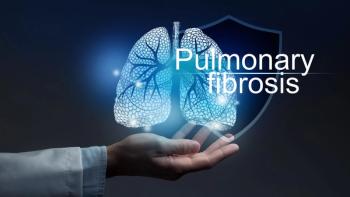
Europe May See 10 New Orphan Products a Year
The European Organization for Rare Diseases (EURORDIS) predicts that 100 new designated orphan products will receive marketing authorization between 2009 and 2019, which equates to approximately 10 new products every year.
The European Organization for Rare Diseases (EURORDIS) predicts that 100 new designated orphan products will receive marketing authorization between 2009 and 2019, which equates to approximately 10 new products every year. The forecast is announced in a new EURORDIS
"Orphan drugs go through a public regulatory process for designations, meaning that the number of orphan drugs that will reach the market is more transparent and thus more predictable than drugs without orphan status, for which information remains confidential until market authorization is granted," said the paper's author, Francois Faurisson, in a EURORDIS news
• Orphan drugs are not effective in all patients
• The frequency of the treatment is nearly always less than the known prevalence of the disease
• Access to diagnostic facilities and specialized centres is difficult for many patients requiring treatments, making the number of patients with real access to treatment even lower than the prevalence of the rare disease in question.
The paper goes on to say that there is a need to change societal ideas concerning the cost of orphan drugs. Current costs to national healthcare systems primarily come from two product families: Novartis's Gleevec (imatinib mesylate) and enzyme replacement therapy. The remainder of orphan drugs represent less than 1% of national healthcare costs.
According to Faurisson, the cost of not having an orphan drug should also be taken into consideration when assessing public health expenditure. "The overall cost of treating complications and frequent hospitalizations, together with the cost to society of the limitations in activity of non-treated patients due to serious, chronic and disabling diseases, should be thrown into the equation in order to have a more realistic view of the burden of orphan drugs on public health budgets," he said in the release.
To read a related blog post about EMEA's efforts to improve public information access across Europe, see
Newsletter
Get the essential updates shaping the future of pharma manufacturing and compliance—subscribe today to Pharmaceutical Technology and never miss a breakthrough.





